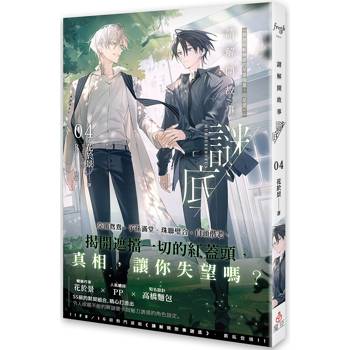Planning sustainable green areas in urban environments contributes to improving their quality. This thesis investigates how vegetation affects microclimate conditions in urban areas, and more specifically examines the case of two public squares in Cuiabá, Brazil. The influence of vegetation on the microclimate and use of the squares is associated with the function of the equipment available in the squares, for example, children’s playgrounds, sports courts and others. It was concluded that it is important to add efforts to qualify the environment of public squares through better planning and appropriate methodology in the choice of tree species to be adopted. Vegetation needs to be seen as a natural element capable of fulfilling multiple functions in the urban environment, going beyond its aesthetic limits.
| FindBook |
有 1 項符合
Influence of tree vegetation on the microclimate and use of public squares的圖書 |
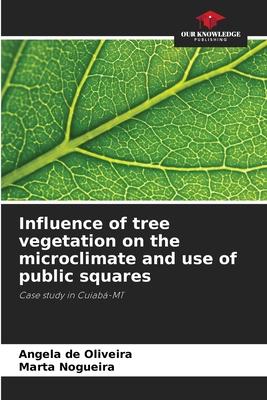 |
Influence of tree vegetation on the microclimate and use of public squares 作者:de Oliveira 出版社:Our Knowledge Publishing 出版日期:2024-04-26 語言:英文 規格:平裝 / 116頁 / 22.86 x 15.24 x 0.71 cm / 普通級/ 初版 |
| 圖書館借閱 |
| 國家圖書館 | 全國圖書書目資訊網 | 國立公共資訊圖書館 | 電子書服務平台 | MetaCat 跨館整合查詢 |
| 臺北市立圖書館 | 新北市立圖書館 | 基隆市公共圖書館 | 桃園市立圖書館 | 新竹縣公共圖書館 |
| 苗栗縣立圖書館 | 臺中市立圖書館 | 彰化縣公共圖書館 | 南投縣文化局 | 雲林縣公共圖書館 |
| 嘉義縣圖書館 | 臺南市立圖書館 | 高雄市立圖書館 | 屏東縣公共圖書館 | 宜蘭縣公共圖書館 |
| 花蓮縣文化局 | 臺東縣文化處 |
|
|
圖書介紹 - 資料來源:博客來 評分:
圖書名稱:Influence of tree vegetation on the microclimate and use of public squares
|
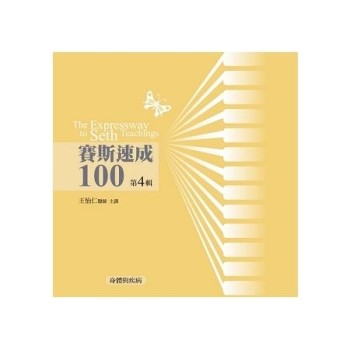
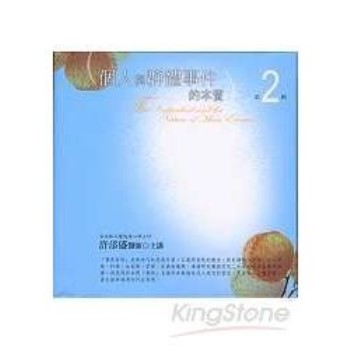
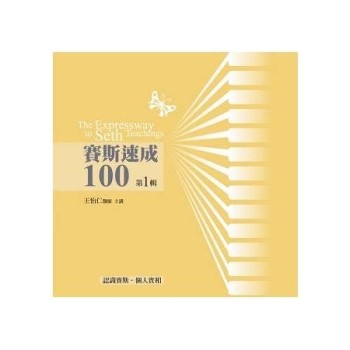


![塔木德:猶太人的致富聖經[修訂版]:1000多年來帶領猶太人快速累積財富的神祕經典 塔木德:猶太人的致富聖經[修訂版]:1000多年來帶領猶太人快速累積財富的神祕經典](https://media.taaze.tw/showLargeImage.html?sc=11100697818)

